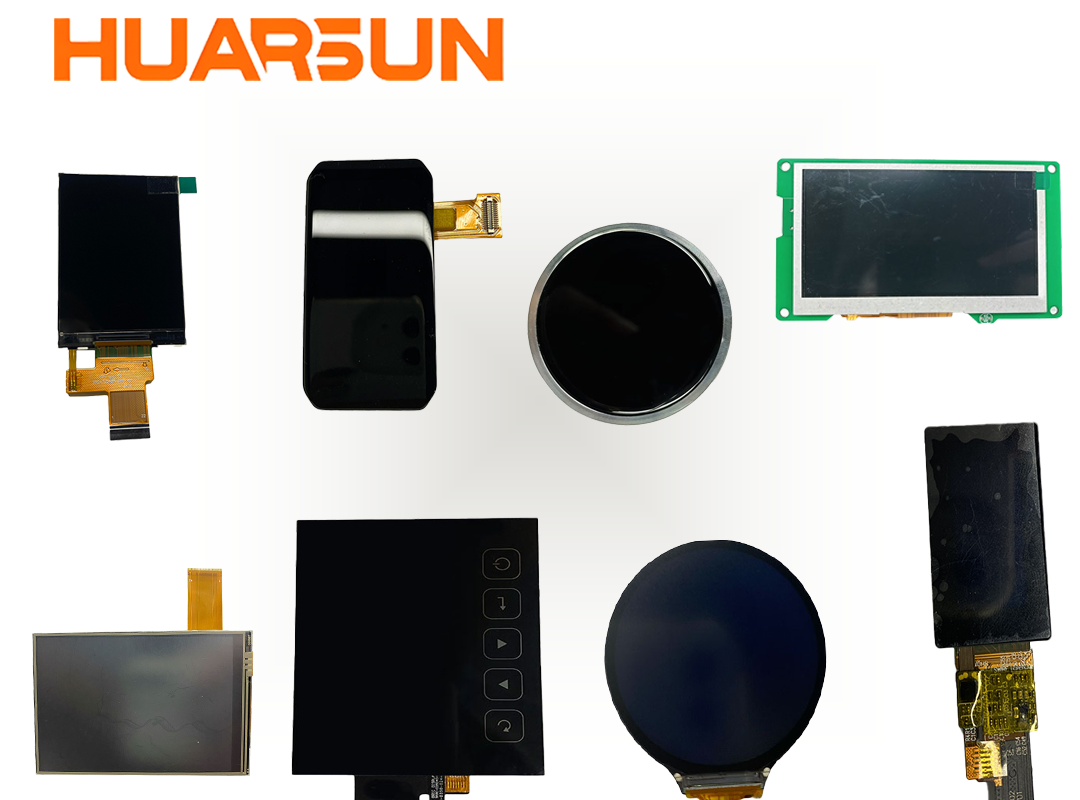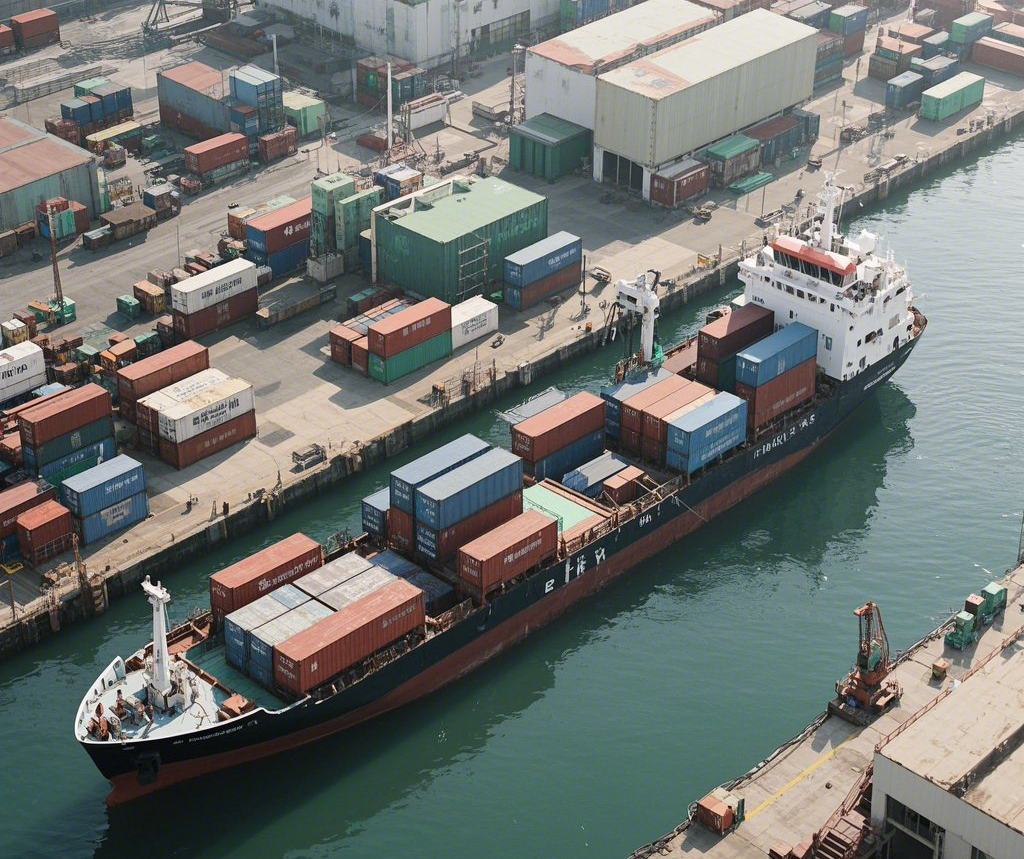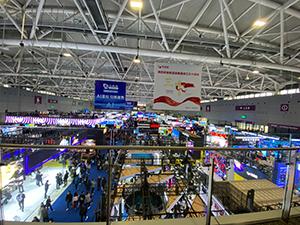Introduction: The Rising Cost of Small Displays Amid Tariff Changes
The global electronics industry has seen significant shifts in recent years, largely driven by increasing tariffs on imported goods. These changes have had a direct impact on small display manufacturers, particularly those producing MONO black-and-white screens, TFT color displays, and AMOLED color displays used in various industries. As the cost of production rises due to tariffs, manufacturers are facing the challenge of maintaining affordable prices for consumers while keeping production lines running smoothly. This blog will explore how tariffs on electronics are affecting the small display module industry, particularly in smart home, children's education, industrial control, and medical device applications.

The Impact of Tariffs on Small Display Modules
Tariffs are levies placed on imported goods, typically aimed at reducing the influx of foreign products and boosting domestic production. In the context of small display modules, which include TFT screens, AMOLED displays, and MONO LCD screens, rising tariffs have led to increased prices for these components. As a 0.39-8 inch small display manufacturer, the cost of key materials such as glass substrates, driver ICs, and backlight units has risen significantly. This increase is then passed along the supply chain, impacting manufacturers, product designers, and, ultimately, consumers.
Wired notes that tariffs can lead to "price hikes in consumer electronics," and as a result, "products become more expensive for consumers." This is especially evident in industries relying on small display technology, such as the smart home market.
The Smart Home Industry: Navigating the Price Hike
Smart home products, including smart thermostats, security cameras, smart locks, and voice assistants, often integrate small display modules for user interaction. With tariffs increasing the cost of small displays, manufacturers face a difficult decision: absorb the cost or pass it on to consumers.
The smart home market, which continues to grow exponentially, may see slower adoption rates due to these increased prices. Wired reports that "consumers may be reluctant to pay higher prices for products," especially in a competitive market where many smart home devices are viewed as discretionary purchases.
Small display modules such as 1.42-inch AMOLED color screens and 2.4-inch TFT series color screens are widely used in smart home applications. Manufacturers are turning to various strategies to mitigate the impact of rising costs. Some are seeking to reduce the number of displays used in their devices, while others are looking for alternative suppliers or exploring local production to avoid tariffs altogether.
Children’s Education Technology: Affected by Rising Production Costs
The children's educational technology sector is another area where tariffs are causing disruptions. Interactive tablets, smart toys, and learning devices often rely on small, high-quality displays to engage young learners. These displays are critical in interactive learning tools, where visual clarity and responsiveness are paramount.
Rising tariffs mean that the cost of these small displays, especially AMOLED screens and TFT displays, is increasing. Manufacturers, particularly those producing affordable educational tools, may find it difficult to maintain their pricing structures while covering these higher production costs.
As highlighted in Wired, "with tariffs causing price increases, consumers in lower-income demographics may not have access to the latest educational technologies." This presents a challenge not only for manufacturers but for schools, parents, and educational institutions that are working to provide the best tools for children.
Small displays like 0.72-inch to 8-inch TFT and MONO screens are integral to a variety of children’s education technologies, from interactive learning games to educational tablets. As costs rise due to tariffs, these educational tools could become more expensive for schools and parents.

Industrial Control and Medical Devices: Price Pressures
The industrial control and medical device sectors are highly reliant on small displays for applications such as machine monitoring systems, control panels, and medical diagnostic tools. For industries like manufacturing, agriculture, and healthcare, small display modules are essential for real-time data visualization and user interface interaction.
AMOLED displays and TFT modules are used in medical devices like patient monitoring systems and surgical tools for easy-to-read visual output. For industrial control systems, small displays like 1.43-inch AMOLED and 2.4-inch color screens are used in equipment such as robotic arms, conveyor systems, and assembly line controls.
Tariff increases on key components for these small display systems are placing pressure on companies already dealing with tight budgets and supply chain challenges. The added cost of TFT and AMOLED displays may result in higher operational costs for industrial and medical equipment, leading to delays in product development or higher prices for end-users.
Moreover, Wired discusses the importance of "finding new ways to innovate" and "optimize production processes" to offset the impact of rising tariffs. For many industrial and medical equipment manufacturers, this might mean rethinking their product designs or looking for cost-effective alternatives.
How Manufacturers Can Adapt: Strategies for Mitigation
Despite these challenges, small display manufacturers are actively exploring ways to adapt to the new tariff landscape. One approach is diversifying supply chains to reduce reliance on countries facing high tariffs. By sourcing materials and components from multiple regions, manufacturers can potentially avoid some of the cost increases associated with tariffs.
Additionally, local production is becoming an increasingly popular strategy. By setting up production facilities in countries with lower tariffs or closer to the end market, manufacturers can reduce shipping costs and mitigate the impact of international tariffs. This can also speed up delivery times and increase supply chain resilience.
Finally, investing in automation and improving production efficiency are key strategies for keeping costs low. Through automation, manufacturers can reduce labor costs and streamline production, allowing them to absorb some of the tariff-related price increases without raising prices for consumers.
Conclusion: The Road Ahead for Small Display Manufacturers
The small display industry, like many others, is grappling with the effects of rising tariffs. From the smart home market to children’s educational tools, industrial control systems, and medical devices, manufacturers are facing increased costs that may affect their bottom line and their ability to keep prices affordable for consumers.
However, through innovation, supply chain diversification, and local production, manufacturers can navigate these challenges and continue to serve key industries. As tariffs continue to shape the global economy, small display manufacturers must stay agile and responsive to ensure they remain competitive in a changing market.










 Home
Home HEM LCD
HEM LCD  Apr 09,2025
Apr 09,2025 
 Empowering Modern Healthcare: How 1.44-Inch TFT LCD Modules Drive Innovation in U.S. and Japan Medical Devices
Empowering Modern Healthcare: How 1.44-Inch TFT LCD Modules Drive Innovation in U.S. and Japan Medical Devices 
 Mar 17,2025
Mar 17,2025 





